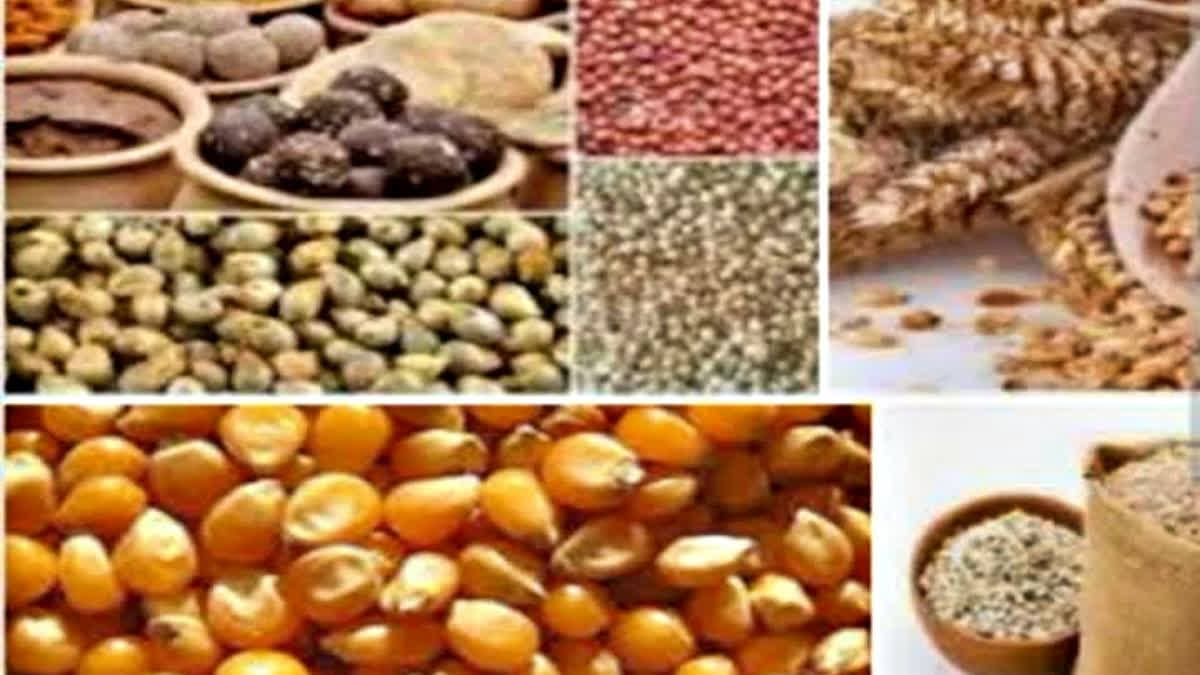New Delhi: Significant changes are unfolding in India’s food consumption pattern and the share of total household expenditure on food has declined substantially in rural and urban areas and across all states and union territories (UTs) since 1947, a government paper has revealed.
It is the first time in modern India (post-independence) that average household spending on food is less than half the overall monthly spending of households and is a marker of significant progress, according to the paper titled ‘Changes in India’s Food Consumption and Policy Implications,’ by the Economic Advisory Council (EAC) to the Prime Minister.
Within food items, the share of expenditure on cereal has declined significantly across rural and urban areas.
“However, this decline was more substantial for the bottom 20 per cent of the households in rural and urban areas. In all likelihood, this reflects the effectiveness of the government's food security policies, which provide free food grains to large numbers of beneficiaries across all states of the country, with a particular focus on the vulnerable bottom 20 per cent of households,” the findings showed.
The significant decline in the share of cereals in household expenditure has allowed households to diversify their diets, with increased spending on milk and milk products, fresh fruits, eggs, fish and meat. Schemes like PMGKAY, which provides free food grains to approximately 800 million eligible people across the country, seem to have performed the role of an expansionary fiscal policy where households are spending their ‘saved expenditure’ from cereals on diverse food items.
